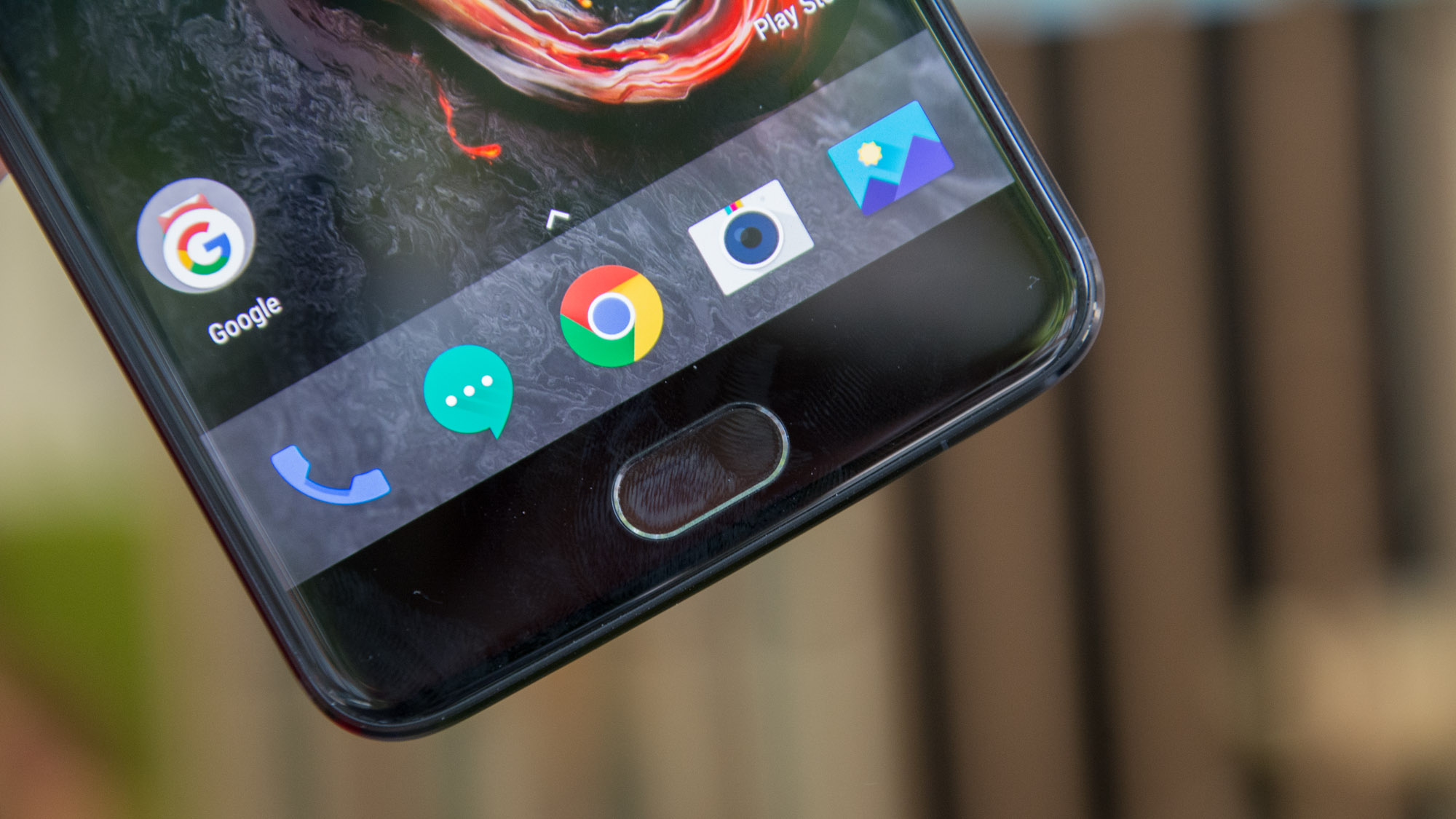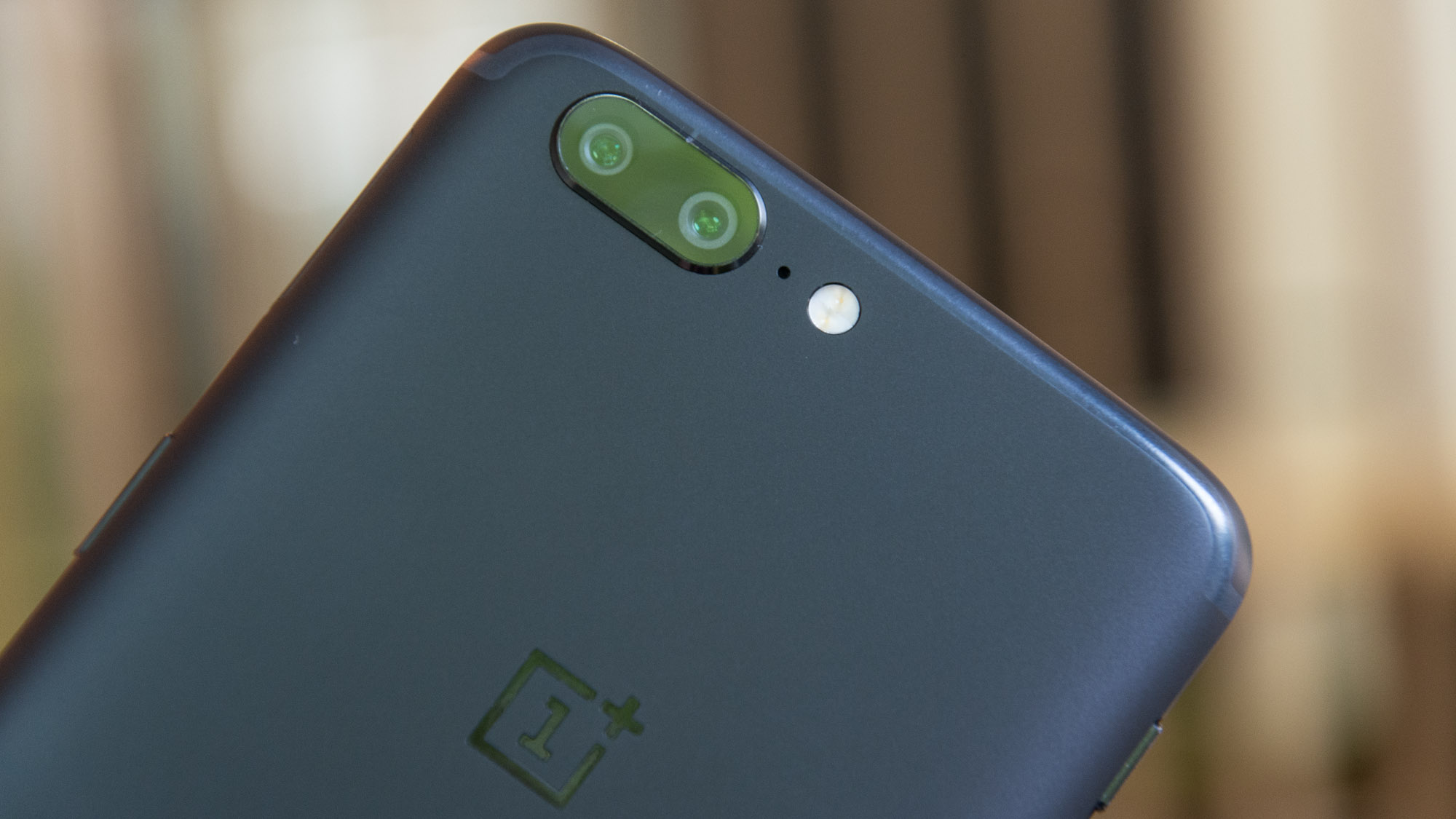OnePlus 5 review: can it beat the upstart Honor 9?
OnePlus does it once again, with premium specs for a bargain price
The OnePlus 5 has continued the company's streak of excellent devices at knock-down prices. If you want power and performance on par with Samsung's latest flagship without the eye-watering cost, the OnePlus 5 is the phone for you.
-
+
Excellent value for money; Blazing performance; Long battery life;
-
-
Slightly slippery chassis; HDR effect on the camera isn't fantastic

In the last couple of years, Chinese manufacturer OnePlus has come out of nowhere to become one of the most critically-acclaimed smartphone manufacturers around. The company's phones have amassed legions of fans for their in-depth customisation options, premium quality, and - most importantly - their rock-bottom prices.
OnePlus devices regularly offer specs, performance and design on par with industry-leading flagship devices from the likes of Samsung, Sony and HTC, but for hundreds of pounds less than the bigger names charge.
Following on from the wildly successful and roundly praised OnePlus 3 and 3T, the company's new device has big shoes to fill. The OnePlus 5 has had a tiny price hike compared to its most recent predecessor, and fans are fearing that this may spell the end of the company's reputation for affordable devices. But can the new OnePlus 5 continue the company's win streak, or will it merely be a flash in the pan?
Design
A more rounded, sleeker design with an attractive matte finish, the OnePlus 5's updated design feels better in the hand but has not undergone a particularly major overhaul. The relatively minor tweaks have put it closer in line with mid-range devices such as the Galaxy S8, which it also shares a price bracket with.
Perhaps expectedly, the phone's capacitive home button now houses the fingerprint sensor and there's a physical 'do not disturb' function on the left-hand side of the device. With this, you can easily set the OnePlus 5 to silent, ring and Do Not Disturb modes as and when you wish.

A side note - if you're on the clumsy side, we'd recommend buying a case when you invest in the handset, as we found it far more slippery to hold than the OnePlus 3T, and thus a bit of a hazard without the accompanying accessories.
Of course, the thinner design and other changes have given the device a more premium air, looking and feeling much more elegant than its predecessors. The Midnight Black colour option that our review unit arrived in is particularly gorgeous - though you'll need to purchase the premium version of the handset if you want to own it yourself.
Camera
One of the most notable upgrades is to the camera. OnePlus has opted for a dual-lens camera, similar to the setup seen in the iPhone 7 Plus. The twin Sony-made lenses are 16MP and 20MP, with an aperture of f/1.7 and f/2.6 respectively, and they do a rather good job.
As with most dual-lens cameras, the 16MP lens acts as the 'main' camera, with the 20MP telephoto lens brought in to achieve enhanced clarity when zooming in on distant subjects, as well as being used to create a blurred-background 'bokeh' effect when taking portraits.
There's a 'pro' mode that lets you change the ISO, white balance, shutter speed, and other settings. You can also shoot in RAW format, and save and edit histograms directly from the camera. All of this combines to make it easy to shoot well-exposed, high-quality photos, no matter your skill level.
Pictures generally came out looking very nice indeed, although the lack of optical image stabilisation shows slightly

There's some room for improvement. Low-light shots have a tendency to be grainy and oversharpened, while the HDR is so ineffectual that we would recommend turning it off. It's also possible to spot the tell-tale marks of over-processing in quite a few of the shots we took, as the slightly over-zealous software attempted to improve our pictures.
Specs and performance
Specifications are one of the areas in which OnePlus has continually excelled, with truly top-notch components. Thankfully, this hasn't changed with the latest model. It's powered by a 2.45GHz Qualcomm Snapdragon 835 CPU the same processor that the Samsung Galaxy S8 uses, and it shows. It put on a blazing turn of speed in our benchmark tests, keeping pace with both the Galaxy S8 and the HTC U11, phones that are considerably more expensive.
It also uses two-lane UFS 2.1 flash storage, which means that read and write speeds for data are phenomenally quick. It far outstripped the OnePlus 3T, and managed to match the Galaxy S8. This means that apps will launch faster and large files can be transferred more easily.
OnePlus has been generous with the rest of the phone's specifications, too. Just like the OnePlus 3T, the OnePlus 5 has 6GB of LPDDR4X RAM, with 64GB of storage as standard, which we're thrilled to see making a return. That's on the entry-level version for an extra 50, a higher-specced model is available, with an 8GB RAM allocation and a whopping 128GB storage capacity.
In terms of raw hardware and performance, you're unlikely to find better value for money. The OnePlus 5 is seriously well-equipped, and more than capable of taking on flagships that are 200 more expensive.
Get the ITPro daily newsletter
Sign up today and you will receive a free copy of our Future Focus 2025 report - the leading guidance on AI, cybersecurity and other IT challenges as per 700+ senior executives
Adam Shepherd has been a technology journalist since 2015, covering everything from cloud storage and security, to smartphones and servers. Over the course of his career, he’s seen the spread of 5G, the growing ubiquity of wireless devices, and the start of the connected revolution. He’s also been to more trade shows and technology conferences than he cares to count.
Adam is an avid follower of the latest hardware innovations, and he is never happier than when tinkering with complex network configurations, or exploring a new Linux distro. He was also previously a co-host on the ITPro Podcast, where he was often found ranting about his love of strange gadgets, his disdain for Windows Mobile, and everything in between.
You can find Adam tweeting about enterprise technology (or more often bad jokes) @AdamShepherUK.
-
 Cleo attack victim list grows as Hertz confirms customer data stolen – and security experts say it won't be the last
Cleo attack victim list grows as Hertz confirms customer data stolen – and security experts say it won't be the lastNews Hertz has confirmed it suffered a data breach as a result of the Cleo zero-day vulnerability in late 2024, with the car rental giant warning that customer data was stolen.
By Ross Kelly Published
-
 Women show more team spirit when it comes to cybersecurity, yet they're still missing out on opportunities
Women show more team spirit when it comes to cybersecurity, yet they're still missing out on opportunitiesNews While they're more likely to believe that responsibility should be shared, women are less likely to get the necessary training
By Emma Woollacott Published
-
 OpenAI wants developers using its new GPT-4.1 models – but how do they compare to Claude and Gemini on coding tasks?
OpenAI wants developers using its new GPT-4.1 models – but how do they compare to Claude and Gemini on coding tasks?News OpenAI says its GPT-4.1 model family offers sizable improvements for coding, but tests show competitors still outperform it in key areas.
By Ross Kelly Published